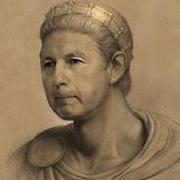IGNORED
65/20/15 Practice Ratios: Where to Devote Your Practice Time
-
Topics Being Discussed Right Now on The Sand Trap
-
Tiger Woods Master Catch-All Discussion 1 2 3 4 219
By Valleygolfer, in Tour Talk
- tiger
- tiger woods
- (and 2 more)
- 3,941 replies
- 437,467 views
-
"5 Minutes Daily" Practice Challenge 1 2 3 4 844
By iacas, in Instruction and Playing Tips
- 5 minutes daily
- dedication
- (and 6 more)
- 15,176 replies
- 917,705 views
-
- 6,701 replies
- 266,816 views
-
- 30 replies
- 1,667 views
-
- 5,317 replies
- 580,189 views
-






Recommended Posts
Create an account or sign in to comment
You need to be a member in order to leave a comment
Create an account
Sign up for a new account in our community. It's easy!
Register a new accountSign in
Already have an account? Sign in here.
Sign In Now